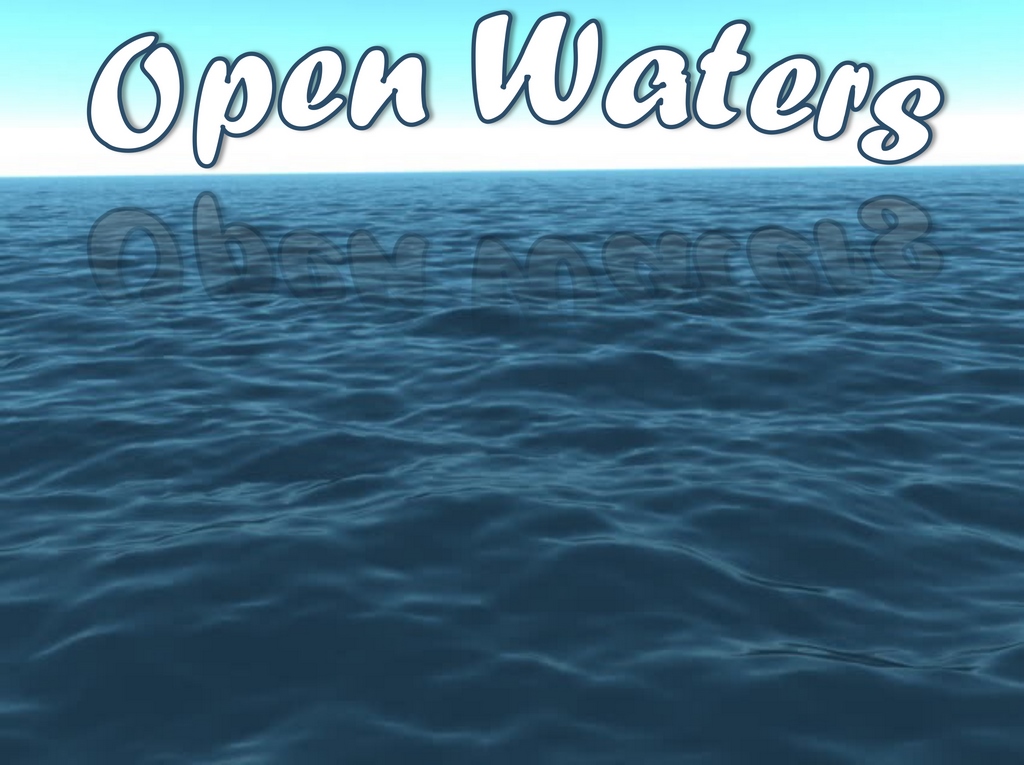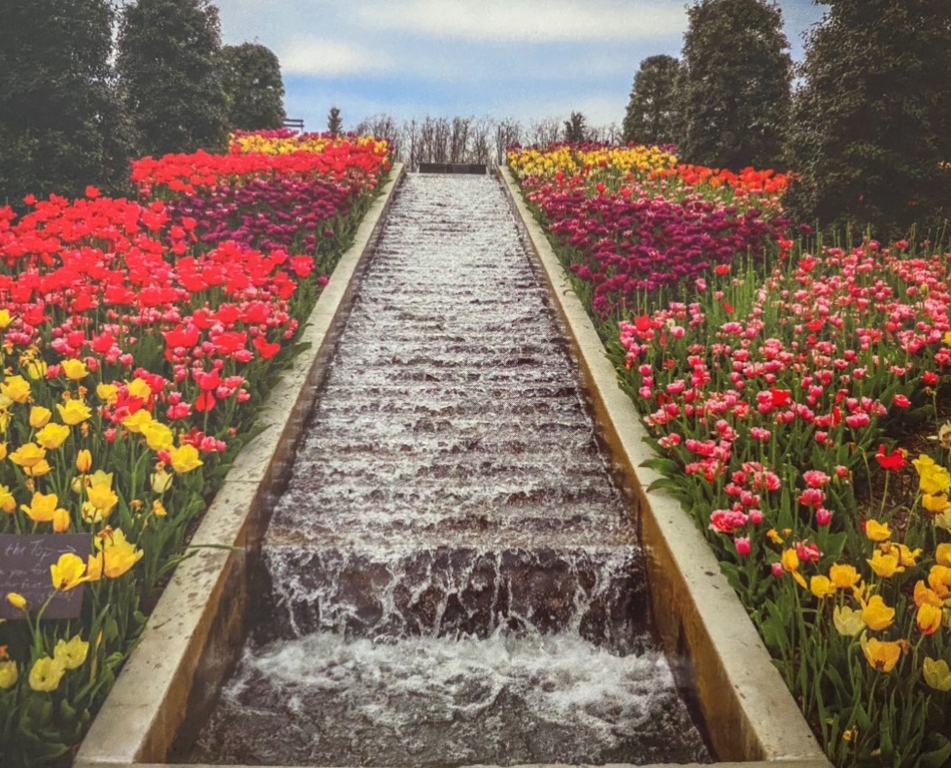Oasis in the Prairie

 Editor’s Note: Welcome to our new department, Open Waters. It’s a space we’re dedicating to the variety of the watershaping world. Here you’ll find a rotating series of blogs, videos, book and resource reviews, stories about charitable works in the industry, and travelogues including this discussion from Watershape University’s Lauren Stack about her recent visit to the Tulsa Botanic Gardens.
Editor’s Note: Welcome to our new department, Open Waters. It’s a space we’re dedicating to the variety of the watershaping world. Here you’ll find a rotating series of blogs, videos, book and resource reviews, stories about charitable works in the industry, and travelogues including this discussion from Watershape University’s Lauren Stack about her recent visit to the Tulsa Botanic Gardens.
The property sits on a plateau known as “Persimmon Ridge” — a 170-acre site likely a gift from a benefactor with roots in oil and gas. Although the Garden was first conceived in 1999, nothing happened until 2012 when landscape architects from Dallas, Atlanta and Tulsa mapped out a master plan to develop 60 acres of gardens over a 25-year period. The plan is only 25% complete but will eventually encircle a seven-acre lake that already provides both beauty and utility for irrigation and varied water features throughout the site.
Even at this early stage of development, it’s already well-worth visiting. I was there in early July and was delighted by the variety of garden spaces and especially the use of water.
 There’s a whimsical children’s garden featuring a multi-sensory tour involving plants, meant for touching, and stunning water features to both see and hear. Visitors learn about native plants and the important role of pollinators in the balance of nature. An elaborate rock sculpture, called the “Spring Giant,” and a lily and lotus pond are central features, that look different from each vantage point offered by the garden’s circuitous pathways.
There’s a whimsical children’s garden featuring a multi-sensory tour involving plants, meant for touching, and stunning water features to both see and hear. Visitors learn about native plants and the important role of pollinators in the balance of nature. An elaborate rock sculpture, called the “Spring Giant,” and a lily and lotus pond are central features, that look different from each vantage point offered by the garden’s circuitous pathways.
Three acres of “Floral Terraces” await your exploration, with the prominent feature being a six-foot wide central water runnel emanating from the top of the hillside and flowing down into the lake. The layout of the formal gardens is symmetrically balanced in every way. Two pergolas and smaller runnels flank the “Garden Cascade.” There are four terraces – Lawn, Rose, Perennial and Mediterranean – accessible by a serpentine ADA-accessible walk. Seasonal color display beds surround the water channel from top to bottom, varying each visit to the
THROUGH THE SEASONS
Central staircases from bottom to top give visitors a chance for rigorous exercise amid the beauty. At the highest terrace is a trailhead that leads to the “Cross Timbers Trail.” The 1.5-mile trail traverses a natural meadow and into a unique ecoregion where the tallgrass prairies from the west do battle with the eastern deciduous forests. The convergence of these two habitats offers an abundance of life and diversity, with each season offering different flora and fauna.
What many people may not know is that Oklahoma is quite remarkable from a botanical perspective. Within the state’s borders one can encounter ponderosa pine and other Rocky Mountain species at the end of the northwestern Panhandle; deciduous trees found in the Northeast in its northeastern corner; cypress trees and other Gulf Coast species in the swamps of OK’s southeastern edge; and cacti and other species from the U.S. southwest in its southwestern corner.
In “Cross Timber” forests around Tulsa the prairie grasses stunt the growth of the normally tall deciduous trees, forming a gnarled mass that the pioneers found nearly impenetrable. Emerging from the trail loop, you can finish your visit to the Garden by walking the “Lakeside Promenade.”
The open walkway around the entire perimeter leaves one to imagine the wonders that await as the master plan unfolds into one of the most unique and spectacular botanical gardens anywhere in the country.









